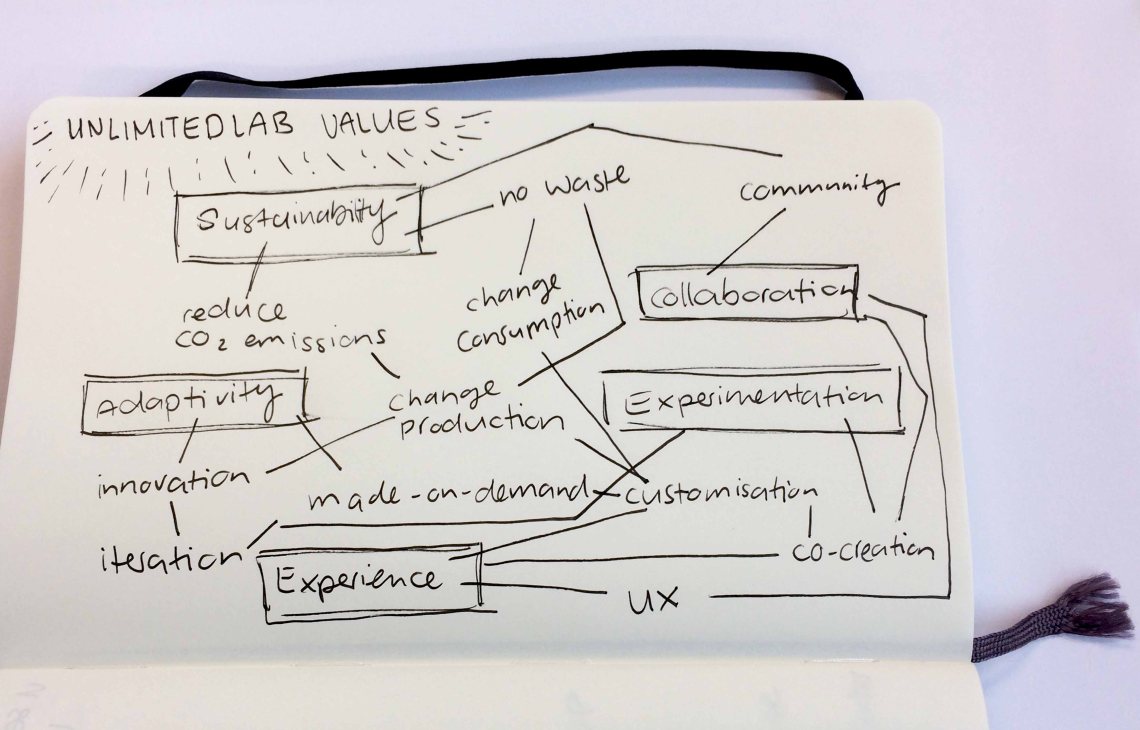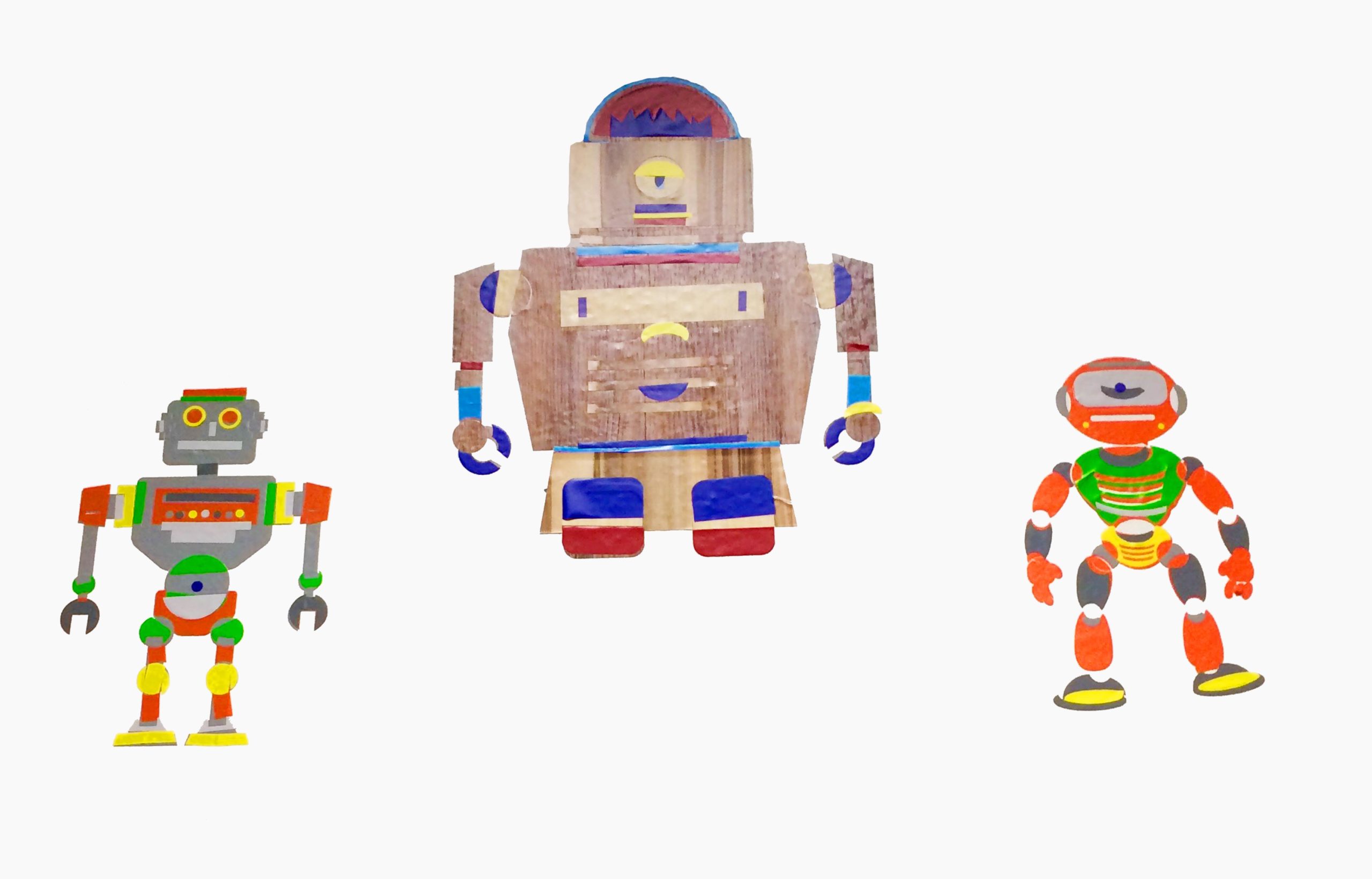Estimated reading time: 2 minutes 56 seconds
Of course, I am talking about rapid prototyping. We usually assume we know exactly what our users want. We are wrong! How about we just ask them? By showing a prototype of our product or service in an early stage we can test our key assumptions in an easy and fast way. Even if the result means that our assumptions were completely wrong.
As Tom & David Kelley (2014) say: “If you want more success you have to be prepared to shrug off more failure.” The Kelleys believe in: prototyping, iterating, getting user feedback, improving and reframing if needed. Every step you should have the people you want to help in mind. (Tom & David Kelley, 2014)

When my sister and I were little we used to prototype all the time without even knowing it. Sometimes we played with Barbie dolls. Since we had no Barbie house and our parents refused to buy one we had to come up with another solution. Our mom used to be a teacher for handicrafts. This meant we had a lot of different leftover material at home. To reduce the waste our mom kept every little piece which was big enough to create something new.
During our childhood, we used our skills and the available material to create what we needed. We didn’t think about it too much and we had no doubts about our abilities. We had a goal and we wanted to reach it fast since we wanted to continue playing. We built a closet and some clothes hangers made of cardboard and wires to store the Barbie dresses. We never thought this was an ugly solution, in contrary we were proud of it. We appreciated that we could solve our problem and then develop the product from that point on.
Nowadays many people (including me) are scared to create something functional but ugly. Somehow it is stuck in our minds that everything has to be perfect. Sometimes I wish I could get my mind back from the time when I just did things without the fear of failing.

As Master of the Creative Economy (MACE) students we had the chance to experience a prototyping workshop with UnlimitedLab. We went to FabLab in London and learned about laser cutting, 3d printing, 3d scanning and CAD modeling.
Filmed and edited by Fernando G. Trueba
This is a place where your hands build things your brain hasn’t even thought of. According to Arduino’s Michael Shiloh (2014), the making process is like cooking. Everyone can cook an eatable meal without being a chef. So we used our skills and eventually learned something new. It is amazing what you can build within a short amount of time if you just go for it.
We created a new frame for broken headphones. Our goal was to test different material and technics. We wanted to find out what value we can create for our users. We tested the following key assumptions from the briefing that UnlimitedLab gave us:
Our users…
… are are willing to reuse waste.
… feel safe dealing with electronic components.
… want to customise objects and furniture.

I learned that rapid prototyping will always save a lot of time in the long run. In the future, it will help me to transform and communicate my ideas. It helps to validate and make decisions. With a prototype, you are able to find out the weaknesses and change them into strength.

UnlimitedLab is a company with values I can identify with and it was a pleasure to work together with Irene, Elmira and Josue.


No Comments.